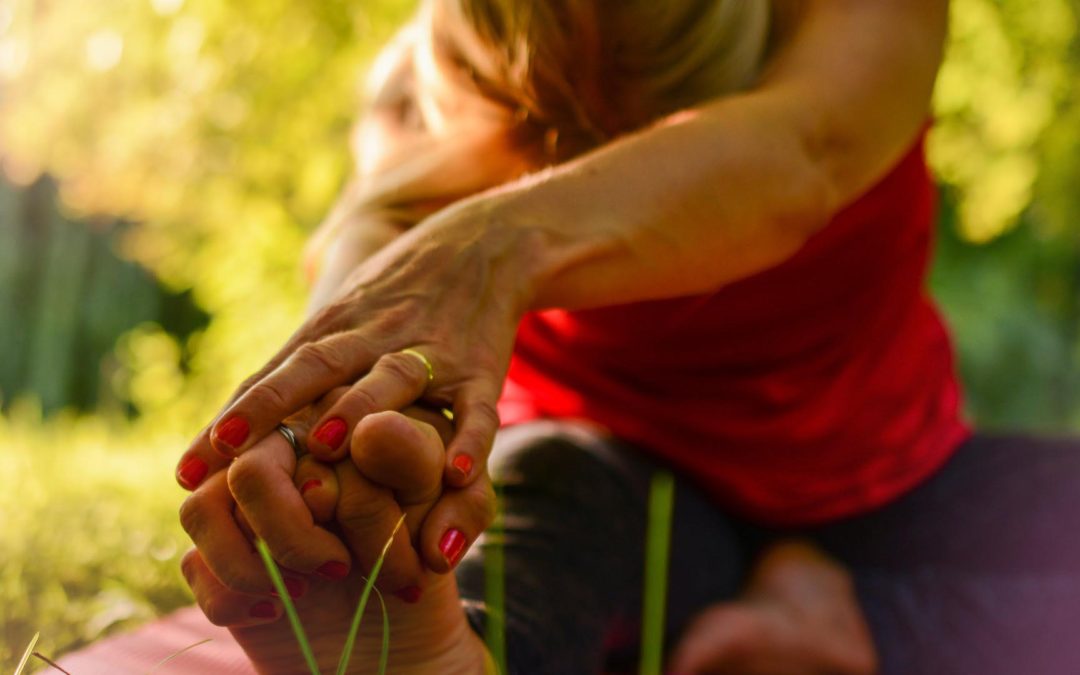Staying physically active is a part of being healthy. However, people suffering from arthritis find it especially difficult, and painful to maintain an active lifestyle. Unfortunately, the less you move, the more your muscles will shorten over time — making it even more difficult to keep moving. The less you move, the more you become at risk for problems such as obesity, cardiovascular diseases and even cancer.
Don’t let arthritis pain keep you from being active. A regular stretching routine can actually help reduce arthritis pain by keeping your muscles elastic, your joints lubricated and your range of motion normal. Below are some tips for stretching with arthritis.

Keep Moving, Even During a “Flare”
Your joints were made to move. Movement nourishes the joints and keep the surrounding muscles strong. People with arthritis are actually encouraged by their doctors for to be as active as they can, without exacerbating joint pain.

Slow and Gentle is Key
People with arthritis need to be extra careful not to overdo their exercises. The key is to exercise consistently, but at an easy, slower pace.

Know When to Stop
While staying active is important, there are times when resting would be more beneficial. One example is when the activity you’re doing causes acute joint pain, which is different from the “good” pain that you typically feel after a healthy workout. You should move into a stretch only to the point where you feel tension — not pain.

Stretch Various Body Parts
You may be tempted to stretch specific muscles only — those that are causing you pain. However, it is important to note that our muscles are interconnected such that problems in certain muscles influence the others. For example, when you feel tightness in your hips, it can pull not just your feet and toes, but your neck and upper back as well.

Warm Up Before Stretching
Stretching “cold” muscles increases the risk on injury. Mild aerobic exercises will get blood to the tissues and prepare your muscles for stretching.
Perform your stretching exercises in a comfortable place, wearing loose clothes and bare feet. Remember that while you should feel a slight discomfort when stretching, the stretch should never hurt. If it does, talk with your doctor.

